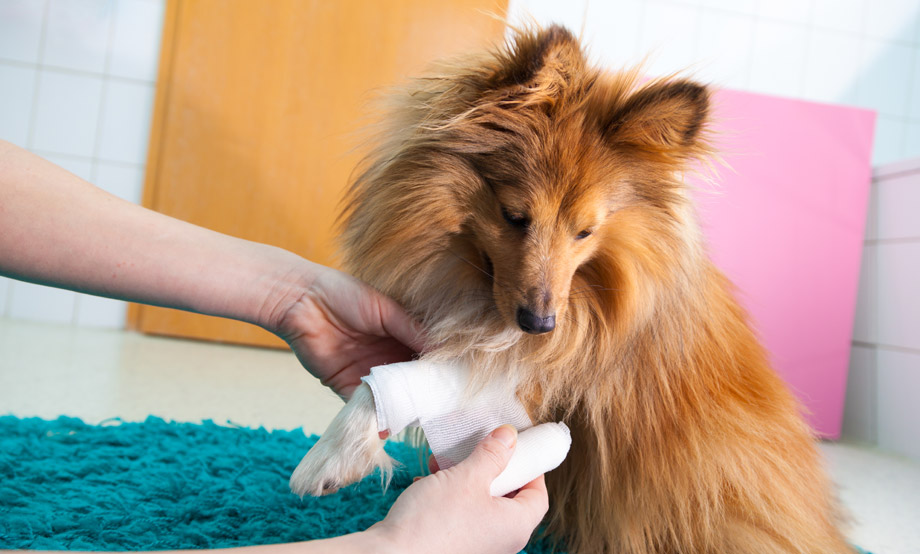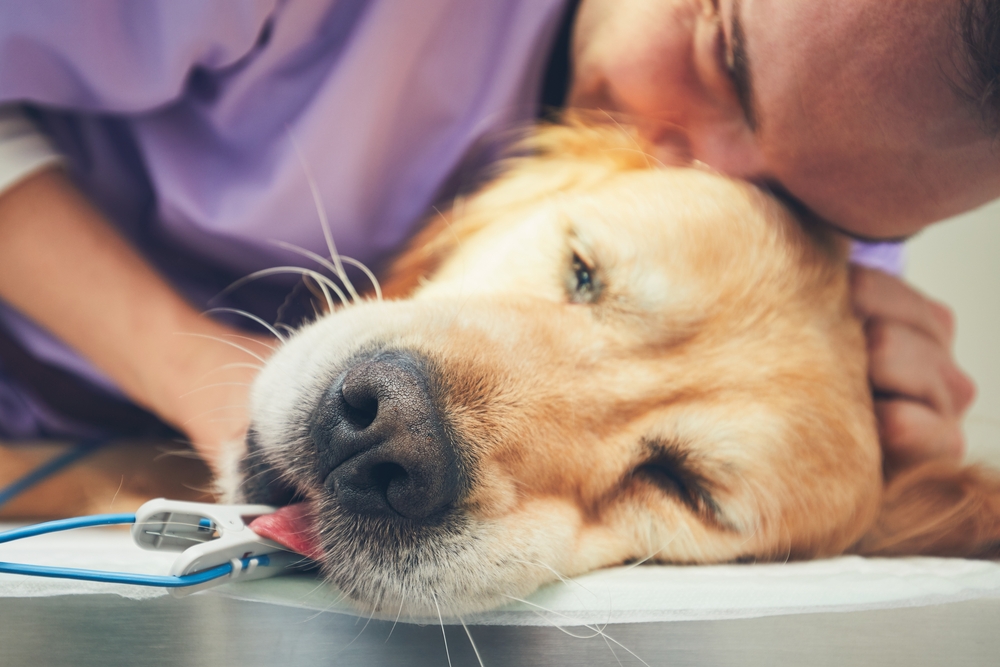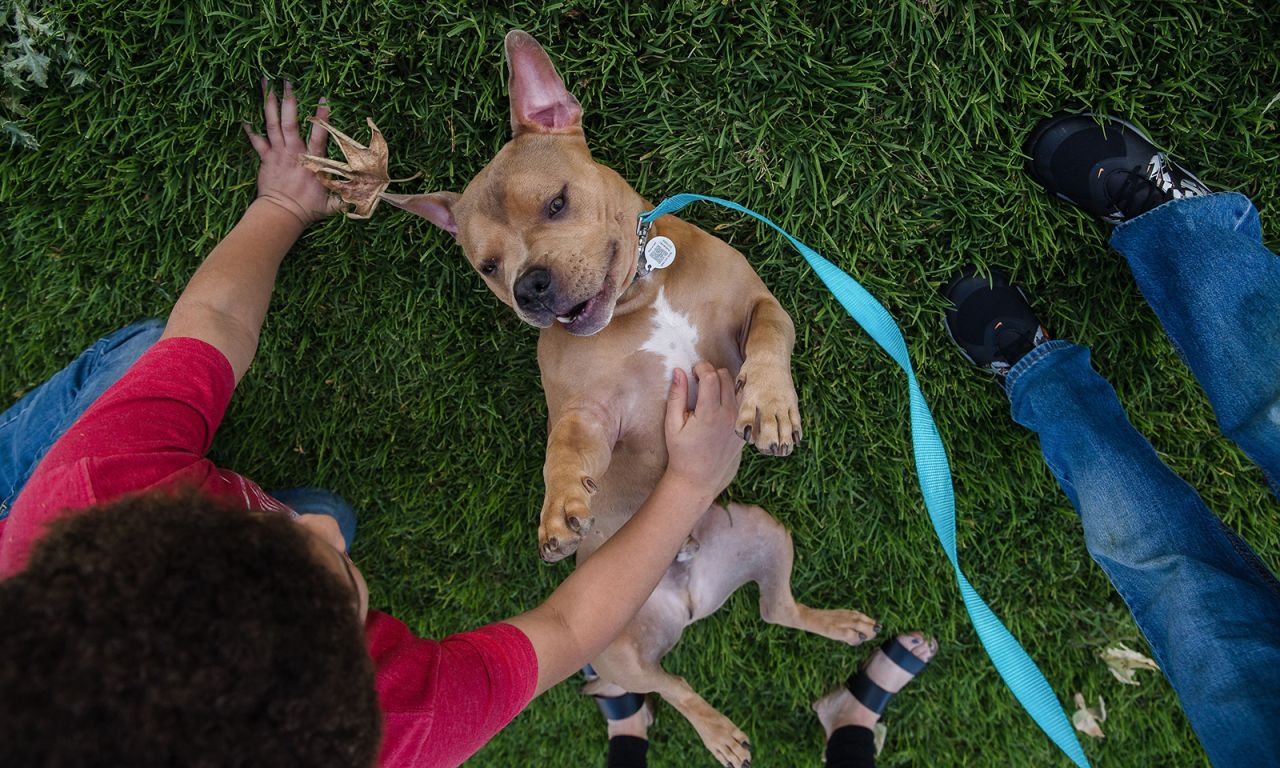Corteiz Hoodie, a garment synonymous with comfort and style, has gained immense popularity in recent years. It’s not just a piece of clothing; it’s a fashion statement that transcends seasons and trends. Let’s delve deeper into what makes Corteiz Hoodie a must-have item in your wardrobe.
Features of Corteiz Hoodie
Crafted from premium-quality materials, Corteiz Hoodie boast exceptional durability and softness. The intricate designs and attention to detail make each hoodie a work of art. Whether you prefer a classic look or a more contemporary style, there’s a Corteiz Hoodie to suit every taste.
Benefits of Corteiz Hoodie
Aside from providing warmth and comfort, Corteiz Hoodies offer versatility like no other. Whether you’re lounging at home, running errands, or hitting the gym, these hoodies effortlessly transition from day to night. Plus, their sturdy construction ensures they’ll remain a wardrobe staple for years to come.
Different Styles of Corteiz Hoodie
From timeless classics to trendy designs, Corteiz offers a diverse range of hoodie styles to cater to every preference. Whether you prefer a minimalist look or bold graphics, there’s a Corteiz Hoodie to match your personal style.
How to Choose the Right Corteiz Hoodie
When selecting a Corteiz Hoodie, consider factors such as size, fit, and color options. It’s essential to choose a hoodie that not only complements your physique but also reflects your individuality.
Caring for Your Corteiz Hoodie
To ensure your Corteiz Hoodie maintains its pristine condition, follow the care instructions provided. Proper washing and storage techniques will help prolong the life of your hoodie and retain its original quality.
Where to Purchase Corteiz Hoodies
Corteiz Hoodies are available for purchase on the official website, as well as select retail stores and online marketplaces. Be sure to shop from authorized retailers to guarantee authenticity and quality.
Customer Reviews and Testimonials
Customer feedback plays a crucial role in shaping the reputation of Corteiz Hoodies. While many customers praise the comfort and durability of these hoodies, others may have concerns regarding sizing or color accuracy.
Comparison with Other Hoodie Brands
In comparison to other hoodies brands, Corteiz stands out for its exceptional quality, unique designs, and competitive pricing. However, it’s essential to weigh the pros and cons before making a purchase decision.
Celebrity Endorsements of Corteiz Hoodies
Celebrities and influencers alike have been spotted sporting Corteiz Hoodies, further cementing their status as a fashion essential. From Hollywood A-listers to social media influencers, everyone seems to be embracing the Corteiz craze.
Social Media Presence and Engagement
Corteiz maintains an active presence on social media platforms such as Instagram, Facebook, and Twitter. Through engaging content and interactive campaigns, they foster a sense of community among their followers.
The Sustainability Aspect of Corteiz Hoodies
In addition to style and comfort, Corteiz is committed to sustainability and ethical manufacturing practices. By using eco-friendly materials and reducing their carbon footprint, they’re paving the way for a more sustainable fashion industry.
Customization Options for Corteiz Hoodies
For those looking to add a personal touch to their wardrobe, Corteiz offers customization options such as personalized designs and custom embroidery. This allows customers to create a one-of-a-kind hoodie that truly reflects their personality.
Corteiz Hoodies: A Fashion Staple
Whether you’re a fashion enthusiast or simply appreciate quality craftsmanship, Corteiz Hoodies is a timeless investment piece. With its versatility, durability, and undeniable style, it’s no wonder why Corteiz Hoodies has become a fashion staple for individuals worldwide.
Conclusion
In conclusion, Corteiz Hoodies transcends the boundaries of traditional fashion, offering a blend of style, comfort, and sustainability. With its diverse range of styles, celebrity endorsements, and commitment to quality, Corteiz Hoodies continues to reign supreme in the world of fashion.











